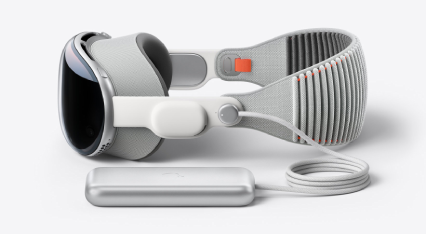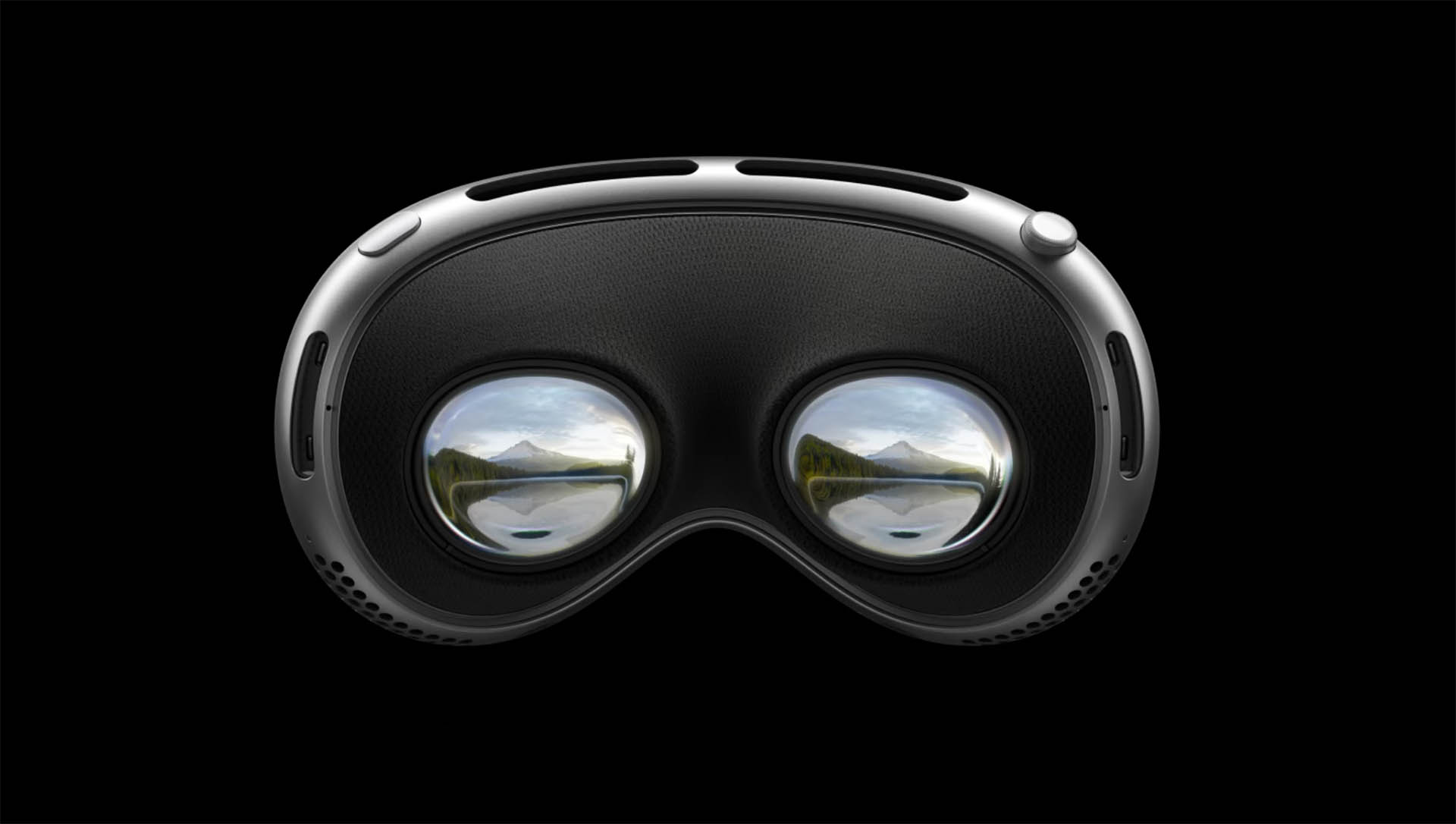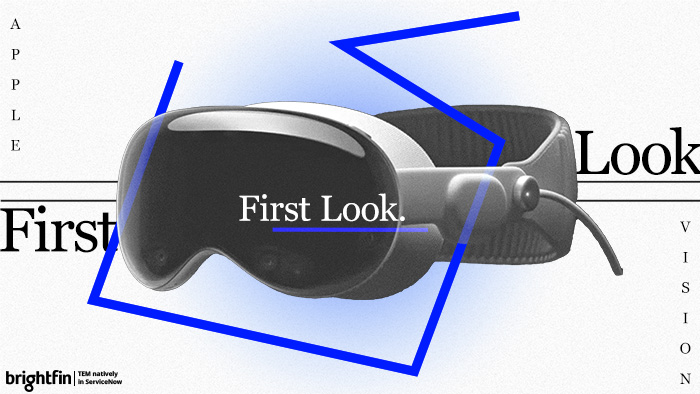
Remember when mobile devices swooped in and transformed the business world? Well, brace yourselves, folks, because the next wave is knocking at our door. This time, it’s not just your handy smartphone or that trusty tablet. We’re talking about game-changers like Apple’s Vision – fresh off the tech runway and poised to be the next big thing. As these high-tech gizmos find their way into our work toolkits, we’re bound to see some changes. We’re not just talking about how we work, but also how we manage our tech paraphernalia. Take mobile devices for example; dealing with them was a whole new ballpark, wasn’t it? And now, we’re potentially looking at an even more tangled web with advanced spatial computing devices and possibly, recurring subscription costs that come along for the ride.
You thought managing the mobile ecosystem was like herding cats? Buckle up, my friends. The complexity could be about to notch up a level, and it’s going to need some sharp expense management to keep everything running smoothly. But let’s take a deeper look at how prepped we have to be, is the Apple Vision Pro a “workstyle revolution” or another gimmick that’s decades off from becoming main place?
The Apple Vision is undeniably cool. There’s really no other way to put it. This tech marvel has turned heads and sparked debate. While we could easily get lost in its groundbreaking features, let’s keep our feet firmly on the ground and take a balanced look at the good, the exciting, and the downright daunting aspects of this new release.
The Good: A Spatial Innovation
First things first – the Apple Vision isn’t your run-of-the-mill VR headset. It’s not just for gaming or binge-watching your favorite shows. Apple’s dubbed it a “Spatial Computer”, which, let’s be honest, sounds like a line straight out of a sci-fi movie. But don’t let the tech jargon throw you off – it’s essentially an interactive workstation squeezed into some pretty neat goggles.
Imagine ditching the mess of cords on your desk, the heap of monitors, the stubborn keyboards and dying mice. The Apple Vision promises to change all that, which is nothing short of astounding. You can say goodbye to the perpetual mess of wires, oversized monitor setups, and all the other gadget clutter on your desk. The Vision promises a clean, immersive, and organized workspace.
It’s a headset, sure, but it’s a computer first. Just trade out your desktop for your living room.
Now sure, all of this is amazing but you don’t spend years in Tech journalism without constantly being asked to look ahead. So what’s the trend? Well, this is where I get giddy about this enhanced scuba gear’s ravenous possibility for innovation. Accessibility. That right there is where this type of design and tech could create a digital workspace that opens up a whole new world to those who we should be helping most. If the Vision works as intended, it could break down barriers for folks who struggle with traditional tech setups. Whether that’s something like wrist pain, carpal tunnel, or neck strain, or more severe challenges that limit mobility, fine motor skills, or any number of things. I’ve spent a solid amount of time in the Microsoft accessibility labs, and it’s the single greatest Fortune 500 workspace out there. If you’re unfamiliar, look it up – it’s astonishing what a few 3D printers, some time, and some heart can do. So my earnest hope is Apple sees this and expands down the road with things like eye tracking or accessible responsiveness.

The Bad: The Price Tag
A price tag so big it’s not even the elephant in the room, it’s more like the skyscraper in the cabin. A price tag so blown up it garnered an audible gasp in the audience after what was otherwise a very exciting showcase. For $3499, you too can experience “spatial computing”, now all of a sudden it sounds like snake oil.
Listen. Innovation is expensive, and I am sympathetic to that. Along with Apple consistently giving us gasp-worthy price tags, I can’t say I’m surprised. Hell, being a Creative, particularly in animation, I’ve given Apple more money than I care to admit, but a workstation with 94GB RAM and a proprietary M2 chip along with 4th of storage is a different story. The Vision, at best, is a groundbreaking innovation, and at worst, is an unproven and expensive gimmick – one that, it should be noted, exists from other companies at much smaller price points, albeit without that Apple touch and take.
The first iPhone back in 2007 seemed outrageous at $499 compared to the $350 Blackberry. Fast forward to today, and that initial iPhone cost would be about $750, with the base iPhone 14 at $799. A price increase, yes, but not astronomical.
Apple products are for everyone, until you see the bill. Apple is a premium brand masquerading as a lifestyle brand, and the prices follow that trend. A price tag this high proves one thing to me – it’s not for consumers yet. Apple is a household name, and thus everything they release gets that “it’s great for the family” air about it. This, however, is not. A price tag this high with a target audience of the iPhone, iPad, and MacBook users out there is either an arrogant move or a misguided marketing ploy to an audience who it is wholly and completely inaccessible to. Tech heads out there will buy it, hell, I’ll probably save my pennies. But this isn’t going to be the home computer, or for the average working Joe on his Dell. It’s got a long way to go for that, and I’m sure like it or not, we’ll all be along for that ride.
The Apple Paradox
And that’s where my love-hate relationship with Apple comes in. They can be expensive, occasionally a bit too pleased with themselves, and their marketing can resemble a fervent cult. But you can’t deny it – they innovate, they push boundaries, and they come up with some genuinely groundbreaking tech.
The Apple Vision, though pricey, is yet another example of this innovative spirit. Yes, its cost may seem prohibitive, but remember, innovation isn’t cheap. That said, Apple has shown a knack for refining and reducing costs over time.
In the end, the Apple Vision is quite the spectacle. It’s definitely a hit on the wallet, but let’s not forget, it’s just getting started. As Apple continues to refine and iterate, there’s hope that the full power and accessibility of the Vision will become available to a wider audience. And, just maybe, it’ll get a little friendlier on our budgets.

Emerging into the Digital Future in the Workplace:
With Apple’s unveiling of the innovative Vision headset, we’re not just stepping into a new era of personal computing, but we’re also venturing into a transformative phase for digital workplaces. As brightfin, a tech expense management company, we’re constantly looking to the horizon and prepping for what’s next. Here’s what this new tech could mean for your company and how you manage your expenses.
- Digital Workplace Transformation: With the arrival of the Apple Vision, the idea of a ‘digital workspace’ evolves from an abstract concept into a tangible reality. This isn’t just a change – it’s a transformation. It’s the reimagining of our workspaces in a more virtual, less physically restricted form. But as fascinating as this transformation is, it’s essential to remember the potential financial implications. Tracking and managing the costs of this new tech landscape will be a challenge. One that calls for an adaptive technology expense management system, like the one offered by brightfin.
- Redefining Collaboration: Imagine holding immersive remote meetings, erasing geographical distance with the help of spatial computing. It’s a whole new way to work together, but it also brings along additional costs. As businesses start integrating such advanced tech, having robust systems in place for tracking and managing these expenses becomes critical. That’s where brightfin steps in.
- Advanced Training and Skill Development: Apple Vision could revolutionize employee training, making it more interactive and engaging. But as businesses plan for this kind of large-scale tech adoption, they’ll need to navigate potential financial complexities. Here, a comprehensive technology expense management solution like brightfin’s can help keep the budget on track.
- Accessibility and Inclusion: For companies aiming to be more inclusive, technology like Apple Vision can be a game-changer. However, management must prepare for the associated costs that come with such advancements. Brightfin’s technology expense management solution provides the needed visibility and control over these expenses, ensuring your budget remains intact.
- Planning and Expensing for Tech Evolution: The Vision represents the next step in technological evolution. As it becomes more common place, IT departments will need to plan for integration, support, and the associated expenses. With a potential mix of traditional computing hardware and spatial computing devices, managing costs could become increasingly complex. A detailed technology expense management solution, such as brightfin’s, would be invaluable in this scenario, providing clear insights and simplifying the process of budget management. With these tools in place, IT departments can focus on embracing innovation, rather than wrestling with financial complexity.
As we move towards an exciting future with technological innovations like the Apple Vision, having a reliable technology expense management system becomes even more crucial. With brightfin, companies can confidently stride into the future, knowing their finances are under control.




